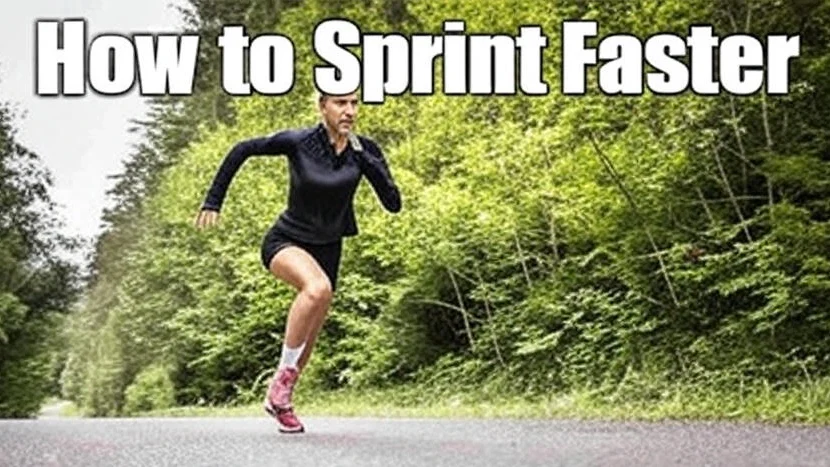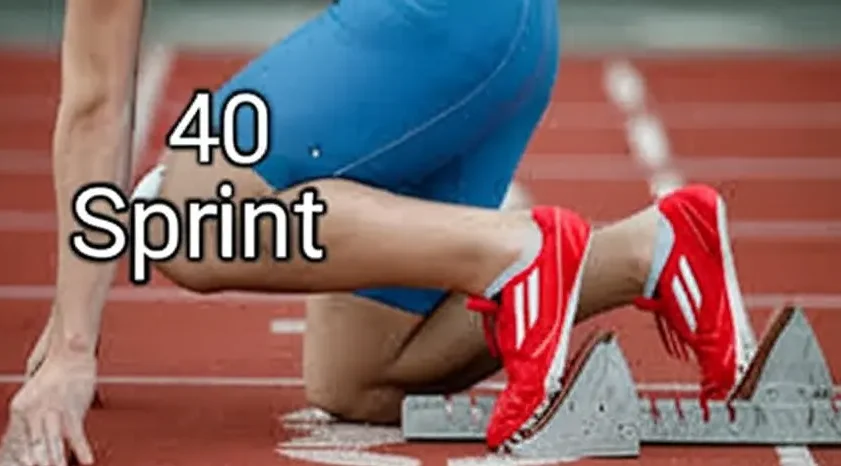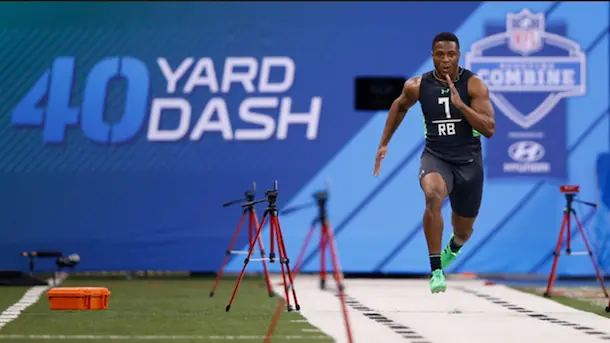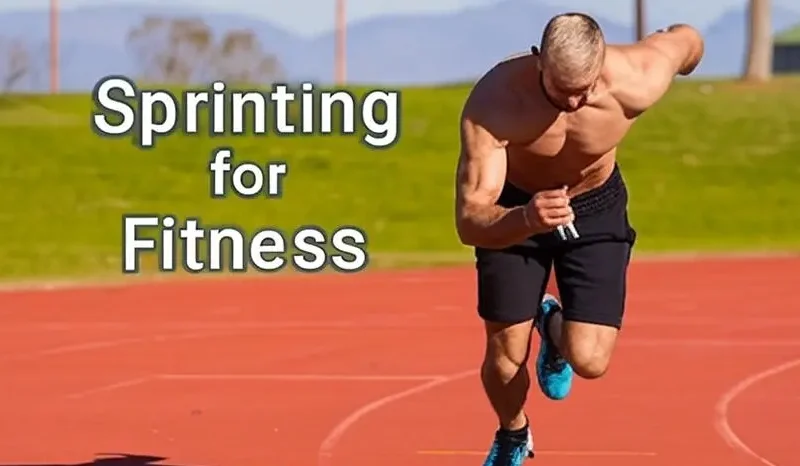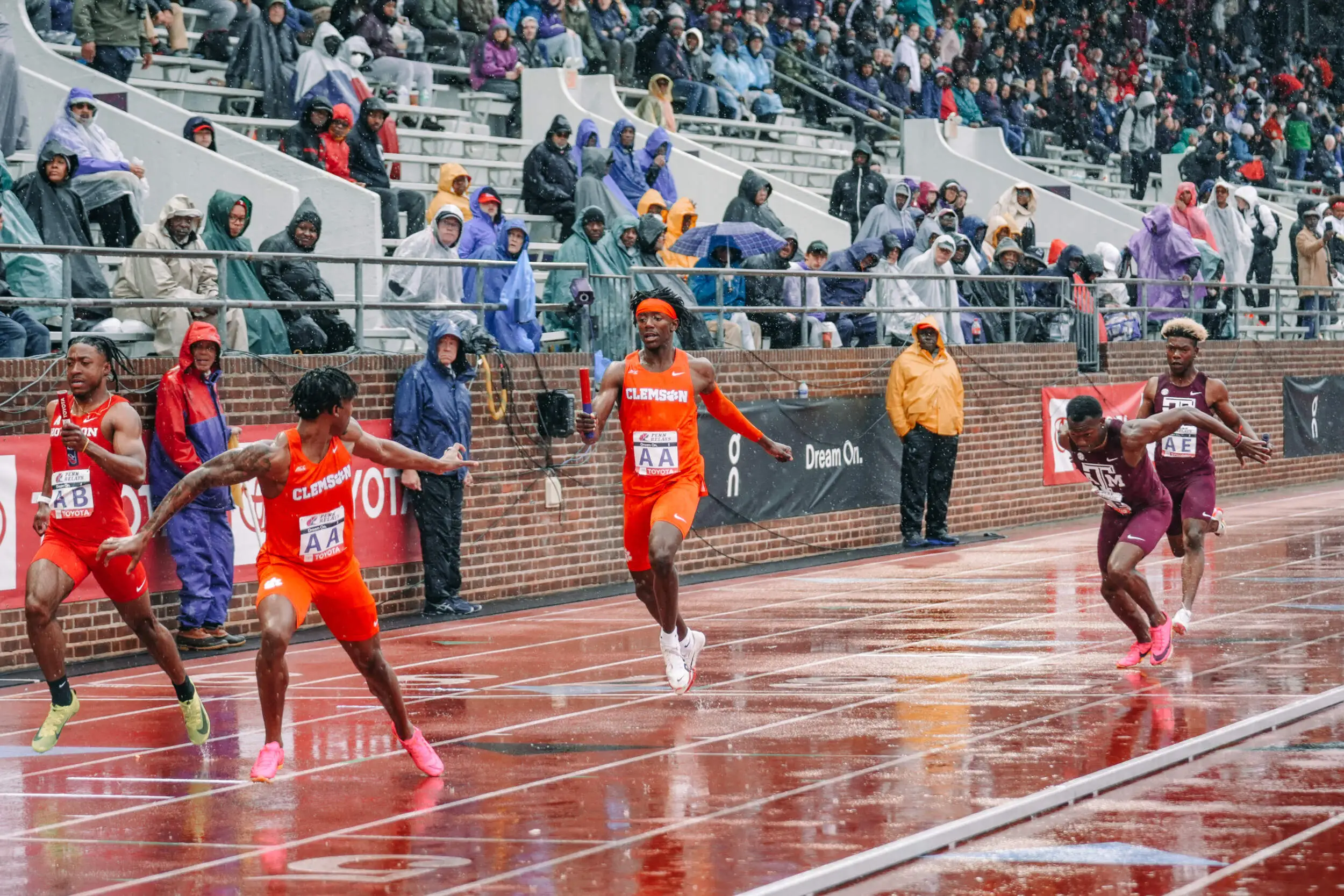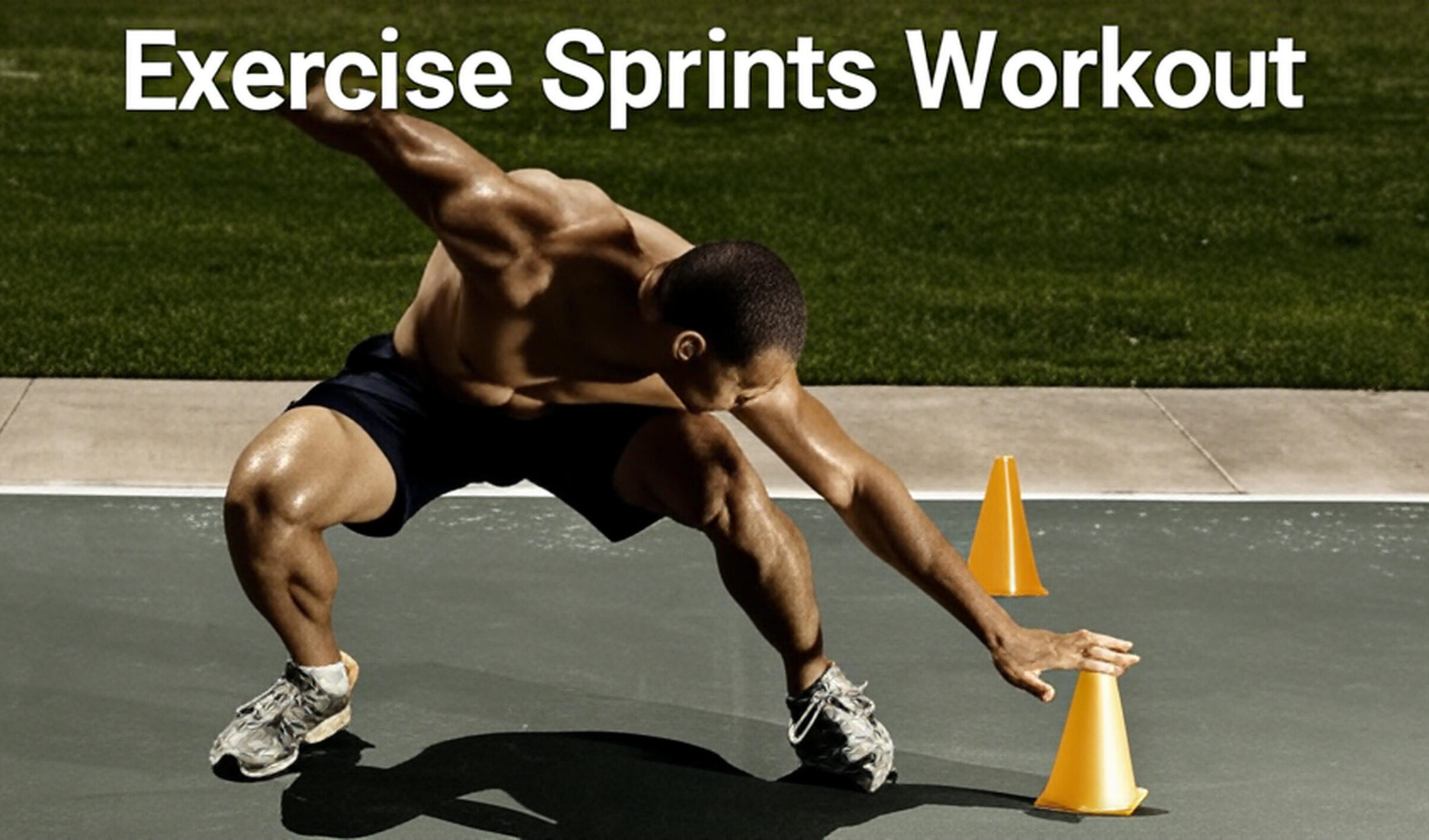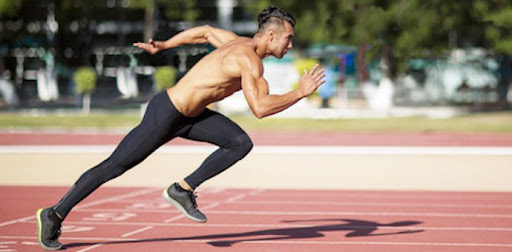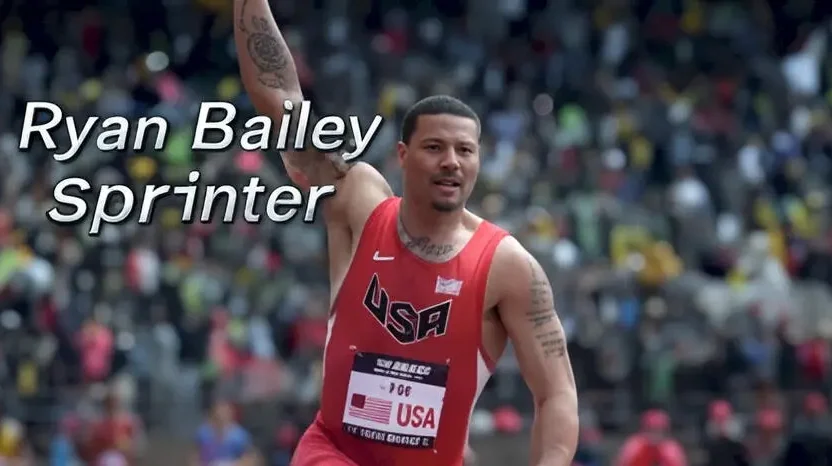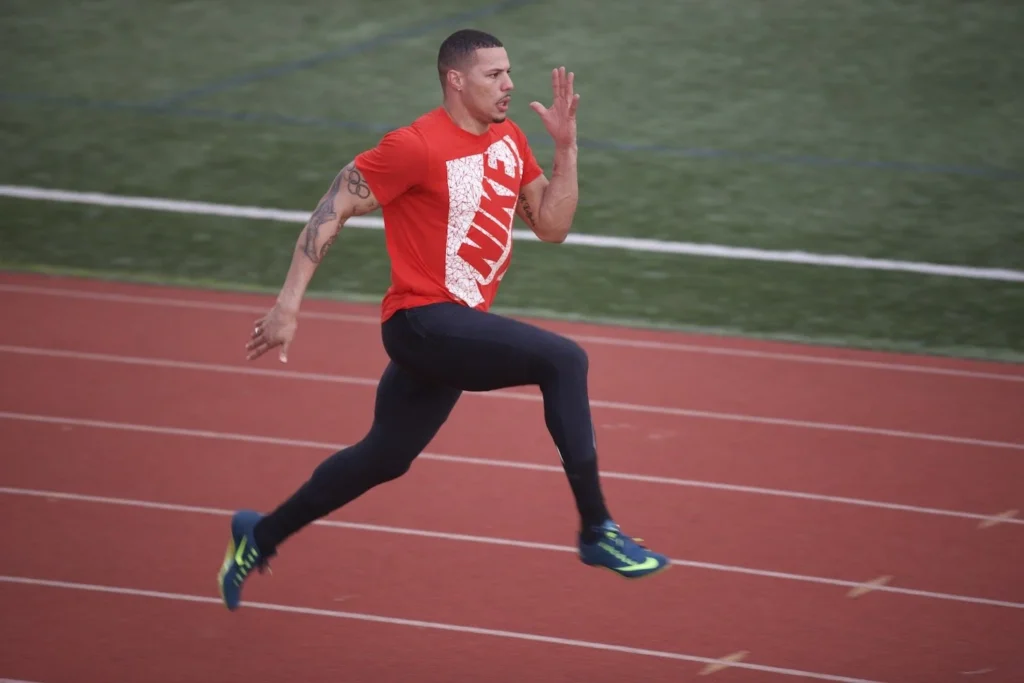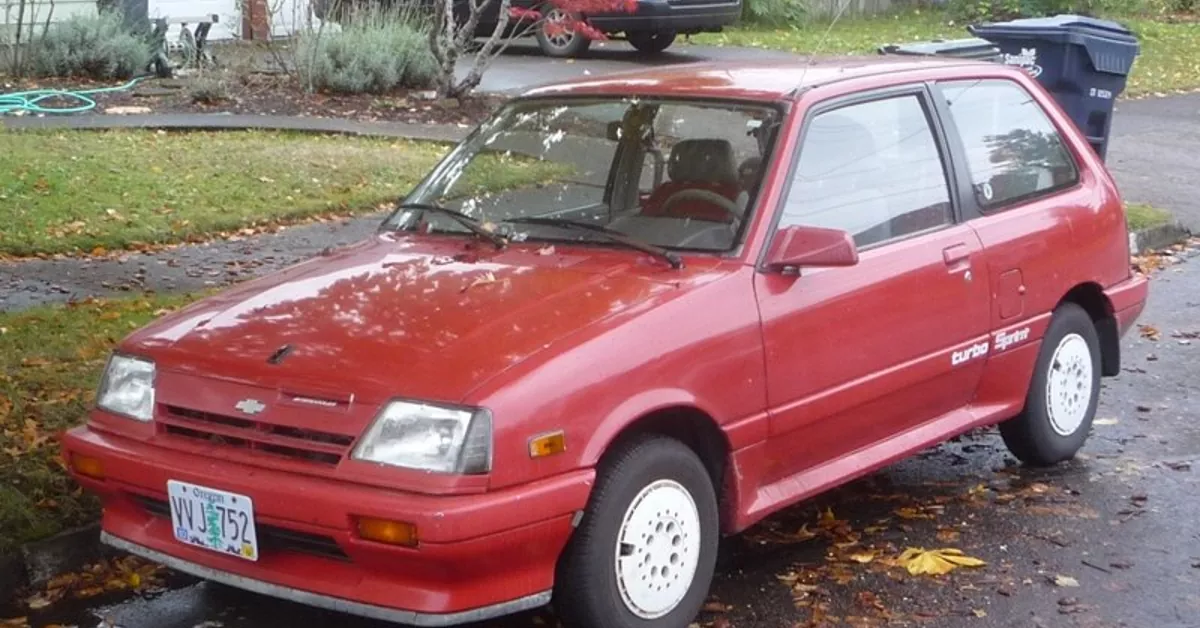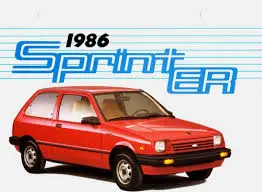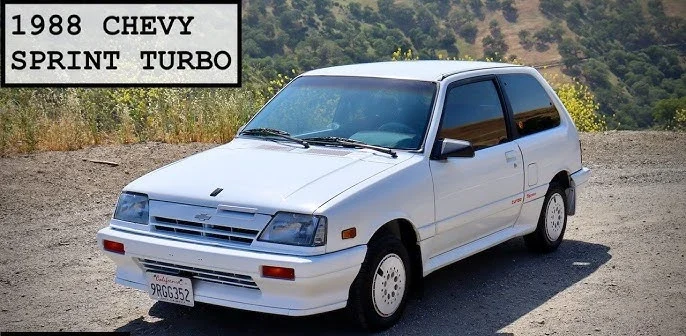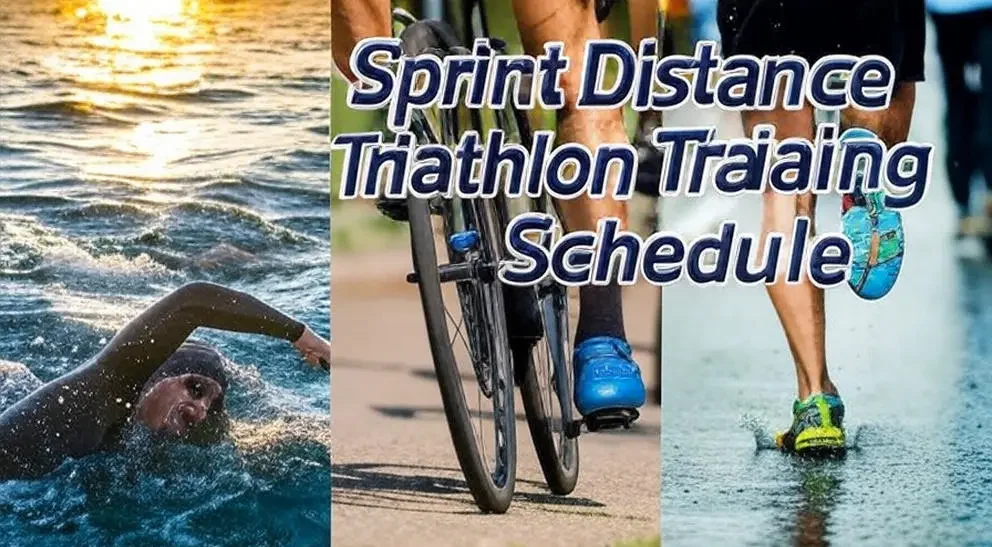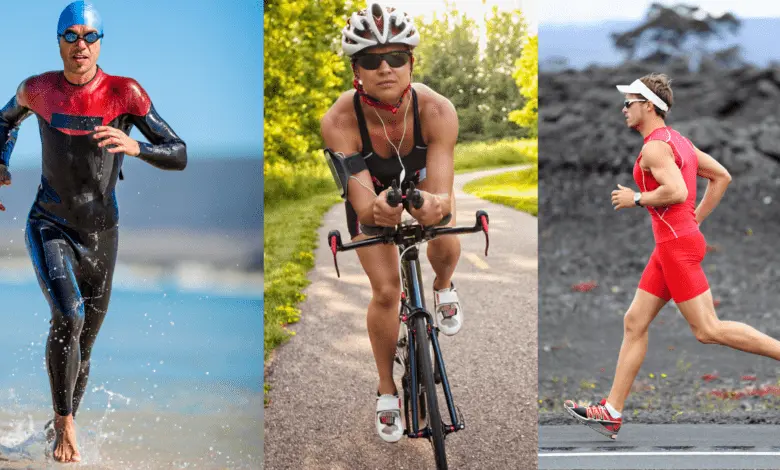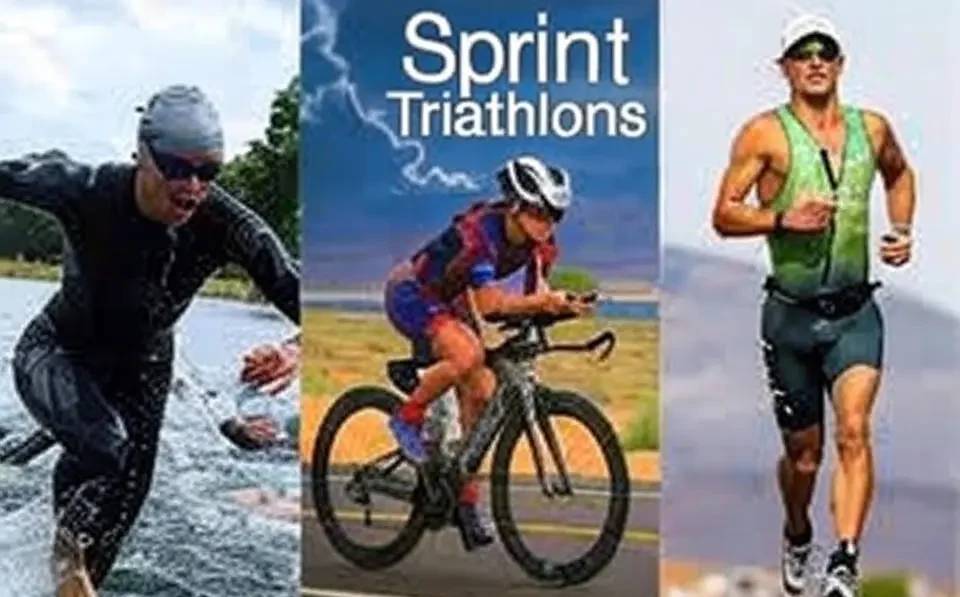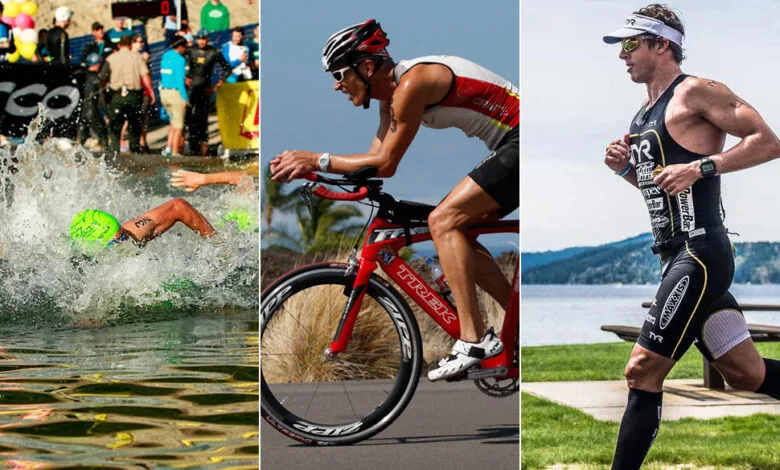Learning how to sprint faster is a journey that combines technique, strength, and dedication. Many people believe that speed is a natural gift you either have or you don’t. While genetics play a role, the truth is that anyone can become a faster sprinter with the right training and approach. This guide will break down everything you need to know, from proper form to powerful drills and strength exercises.
Whether you’re a track athlete aiming to shave seconds off your 100m time, a team sport player looking for an edge, or someone who simply wants to learn how to sprint fast, the principles here will set you on the right path. We will cover the essential mechanics, provide actionable drills, and answer your most common questions to help you unlock your true speed potential.
Table of Contents
Key Takeaways
- Technique is King: Proper form, including posture, arm swing, and leg cycle, is the foundation for speed.
- Force is Speed: The ability to apply maximum force into the ground is what separates fast sprinters from the rest.
- Strength and Power Matter: Targeted strength training and plyometrics build the engine for explosive sprinting.
- Consistency Wins: A structured training plan with adequate rest is crucial for improvement and injury prevention.
- Drills Make a Difference: Specific drills help your body learn and perfect the complex movements of sprinting.
Unlocking Your Speed: Why Proper Technique is How to Sprint Faster
Before diving into drills and workouts, it’s vital to understand that sprinting is a skill. It’s not just “running harder.” The core principle behind learning how to sprint faster is maximizing force production. The more force you can drive into the ground with each step, the faster you will propel yourself forward. Elite sprinters can generate over 1000 pounds of force with a single stride! This incredible power isn’t just about raw muscle; it’s about channeling that strength through perfect biomechanics.
Poor form, like leaning too far forward or letting your arms cross your body, leaks energy. Every bit of wasted motion is a lost opportunity for speed. That’s why the first step to becoming a faster sprinter is to master the fundamentals of sprinting posture and movement. By focusing on technique how to sprint faster, you build a solid foundation. This ensures that when you add strength and power, it all translates directly into increased velocity on the track or field.
Maintaining an Upright Posture
Your posture is the frame upon which your speed is built. During an upright sprint, your body should be tall and aligned. Imagine a straight line running from your head, through your shoulders and hips, down to the foot that is in contact with the ground. A common mistake is to bend at the waist, which immediately reduces your ability to apply vertical force.
Keep your head in a neutral position, looking forward toward the finish line, not down at your feet. Your shoulders should be relaxed and pulled back slightly, not hunched up around your ears. This tall, stable posture allows your limbs to move freely and powerfully. It puts your body in the optimal position to transfer energy from your core through your legs and into the ground, which is a key component of how to be a faster sprinter.
The Role of Arm Action
Your arms are more than just along for the ride; they are crucial for balance, rhythm, and power generation. Proper arm action directly counters the rotation of your legs, keeping you stable and moving in a straight line. The movement should come from the shoulder, not the elbow, and your arms should swing from “cheek to cheek”—from your jawline back to your hip pocket.
Your elbows should be bent at roughly a 90-degree angle, though some coaches advocate for a slight opening on the backswing. The key is to avoid crossing your arms over the midline of your body. Any side-to-side motion wastes energy that should be driving you forward. Keep your hands relaxed, not clenched into tight fists. A powerful, rhythmic arm swing helps drive your legs and is an often-overlooked secret for how to run faster sprints.
Mastering the Leg Cycle
The movement of your legs is a powerful, cyclical action. It’s not about reaching forward with your foot; it’s about driving your foot down and back underneath your center of mass. This is arguably the most important mechanical aspect of learning how to sprint fast.
Here’s a breakdown of the leg cycle:
- Drive and Recovery: As one leg drives powerfully into the ground, the other leg’s heel comes up towards your glute. This quick heel recovery shortens the lever, allowing your leg to swing through faster for the next stride.
- Knee Up, Toe Up: As the recovery leg swings forward, focus on driving the knee up. At the same time, keep your foot dorsiflexed (toes pulled up toward your shin). This “loads” your foot like a spring.
- Strike Down: From the peak of the knee drive, actively strike the ground downward and slightly backward. The foot should land directly beneath your hips. Over-striding, or landing with your foot out in front of your body, acts as a brake and is a major speed killer.
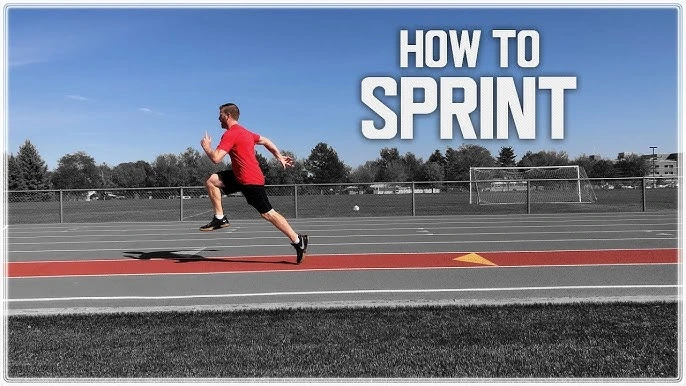
Strength Training: Building the Engine for Speed
While technique is crucial, you need a powerful engine to drive that technique. Strength training is a non-negotiable part of any plan for how to become a faster sprinter. The goal isn’t just to get bigger muscles, but to build functional strength and explosive power that translates directly to the track. Your training should focus on movements that improve your ability to generate force quickly.
The primary muscles used in sprinting are the glutes, hamstrings, quads, and calves. However, a strong core is equally important for stabilizing your torso and transferring force between your upper and lower body. Exercises that mimic the unilateral (one-sided) nature of sprinting are especially effective. This means incorporating single-leg exercises will give you more bang for your buck than relying solely on traditional bilateral lifts like back squats.
Foundational Lifts for Sprinters
These compound exercises build the raw strength needed for powerful strides.
- Squats (Back and Front): The king of lower body exercises. Squats build overall leg strength, particularly in the quads and glutes. Front squats are excellent for reinforcing an upright torso posture.
- Deadlifts (Conventional and Romanian): Deadlifts are fantastic for developing the posterior chain—your glutes, hamstrings, and lower back. Romanian Deadlifts (RDLs) specifically target hamstring strength and flexibility, which is vital for preventing injuries.
- Lunges and Split Squats: These unilateral exercises more closely mimic the sprinting motion. They improve single-leg strength, stability, and balance. Rear-foot elevated split squats are a particularly challenging and effective variation.
Developing Explosive Power with Plyometrics
Plyometrics, or jump training, teaches your body to produce maximum force in minimum time. This is the essence of explosive power and directly improves your reactive strength—the ability to absorb and redirect force quickly, just like your foot does when it hits the ground.
Here are some essential plyometric drills:
- Box Jumps: Focus on exploding up onto the box, not just jumping to a high surface. Land softly and step down.
- Broad Jumps: A great test of horizontal power. Aim for maximum distance, focusing on a powerful triple extension of the hips, knees, and ankles.
- Depth Jumps: Step off a low box and, upon landing, immediately explode into a vertical or horizontal jump. This drill is advanced but is unmatched for improving reactive strength.
- Bounding: Exaggerated running strides focusing on either horizontal distance (for acceleration) or vertical height (for max velocity mechanics).
Essential Drills for Sprinting Faster
Drills are where you break down the complex motion of sprinting into smaller, manageable parts. This helps your nervous system learn the correct movement patterns, making them automatic when you run at full speed. Incorporate these drills into your warm-up routine before every speed session.
| Drill Name | Focus Area | How to Perform |
|---|---|---|
| A-Skips | Knee Drive, Foot Strike | Skip forward, focusing on driving one knee up to hip height while keeping the support leg straight. Actively strike the ground beneath your hips. |
| B-Skips | Leg Extension, Clawback | Perform an A-Skip, but at the top of the knee drive, extend your lower leg forward and then actively pull it back down to strike the ground. |
| High Knees | Stride Frequency, Form | Run in place or move forward slowly, focusing on rapidly driving your knees up to hip level. Maintain a tall posture. |
| Butt Kicks | Heel Recovery | Run in place or move forward, focusing on quickly pulling your heels straight up towards your glutes. Avoid arching your back. |
| Straight-Leg Bounds | Hamstring Flexibility, Ground Contact | Keeping your legs relatively straight, bound forward by forcefully “pawing” at the ground. This drill teaches an active foot strike. |
Structuring Your Training: How Many Sprints Should I Do to Get Faster?
This is a common and important question. The answer depends on your goals and current fitness level, but a key principle is quality over quantity. Sprinting is a highly neural activity, meaning it places a great demand on your central nervous system. You get faster by running fast when you are fresh, not by grinding out sloppy reps when you are tired.
A typical week might include two sprint sessions.
- Acceleration/Short Speed Day (e.g., 10m – 40m sprints): This session focuses on the initial burst of speed. Because the distances are short, you can do a higher volume of reps. A workout might look like 6-8 sprints of 30 meters with full recovery between each. This is essential for improving your how to sprint faster 100m time, as the start is critical.
- Max Velocity/Longer Speed Day (e.g., 50m – 150m sprints): This session works on your top-end speed. Distances are longer, so the volume will be lower. For example, you might do 3-5 sprints of 60 meters. If you are training to run faster 400m sprint, you would include longer sprints in this session, such as 2-3 reps of 150m.
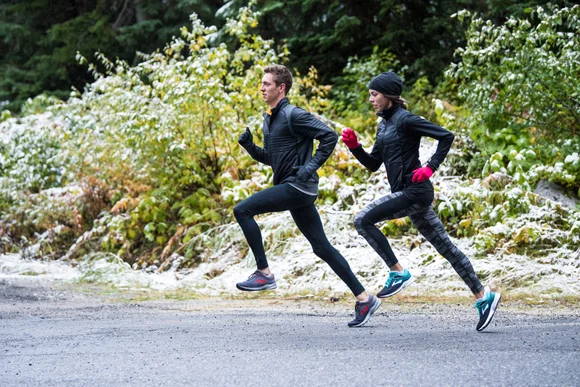
Full recovery is crucial. A general rule of thumb is to rest for at least 1 minute for every 10 meters you sprint. So, for a 60-meter sprint, you should rest for at least 6 minutes. This ensures your nervous system and muscles are fully recharged for the next effort, allowing you to run at 100% intensity.
Applying Speed in Sports: How to Sprint Faster in FC 25
For team sport athletes, including those looking for an edge in video games like EA Sports FC 25, the principles are the same, but the application differs. In sports, sprinting is rarely in a straight line for 100 meters. It involves short bursts, changes of direction, and reacting to opponents. To improve your “sprint speed” attribute in a game or on the field, focus on:
- Acceleration: Drills like 10-yard starts and hill sprints build explosive power from a standstill.
- Agility: Drills using cones (e.g., T-drill, pro-agility drill) teach you to accelerate, decelerate, and change direction efficiently.
- Reaction Time: Partner drills, where you sprint in response to a visual or auditory cue, improve your reactive quickness.
Frequently Asked Questions about How to Sprint Faster
Q1: How long does it take to see results and become a faster sprinter?
A1: You can start to see improvements in your form and technique within a few weeks of consistent practice. Significant gains in speed, which come from both technique and strength improvements, typically take several months of dedicated training. Be patient and trust the process.
Q2: Should I run on my toes?
A2: This is a common misconception. You should run on the balls of your feet (the forefoot), not your tiptoes. Your heel should not slam into the ground, but it may lightly “kiss” the track during the stride cycle. Running on your tiptoes is inefficient and can lead to shin splints and other injuries.
Q3: Can I get faster by just sprinting more?
A3: Not effectively. Just sprinting without focusing on technique or strength will lead to a plateau and reinforce bad habits. A balanced program that includes drills, strength training, plyometrics, and adequate rest is the most effective way how to become a faster sprinter.
Q4: Is it better to focus on a longer stride or a faster stride rate (cadence)?
A4: Both are important, and they are related. A longer stride is the result of applying more force to the ground, not from reaching out with your foot. A faster cadence comes from improving your biomechanics and leg recovery. The optimal balance is unique to each athlete, but you should never sacrifice form by artificially trying to lengthen your stride.
Conclusion of How to Sprint Faster
Becoming a faster sprinter is an achievable goal for anyone willing to put in the work. It’s a science that blends physics and physiology, where every detail matters. By focusing on the core pillars of speed—impeccable technique, explosive strength, and smart training— you can transform your performance. Remember that how to sprint faster is not about a single secret tip, but about the consistent application of proven principles.
Start by mastering your form, from your upright posture to your powerful leg cycle. Build your engine in the weight room with foundational lifts and plyometrics. Use drills to perfect your mechanics and structure your training around quality, high-intensity efforts with full recovery. Embrace the journey, stay consistent, and get ready to leave your competition behind.
